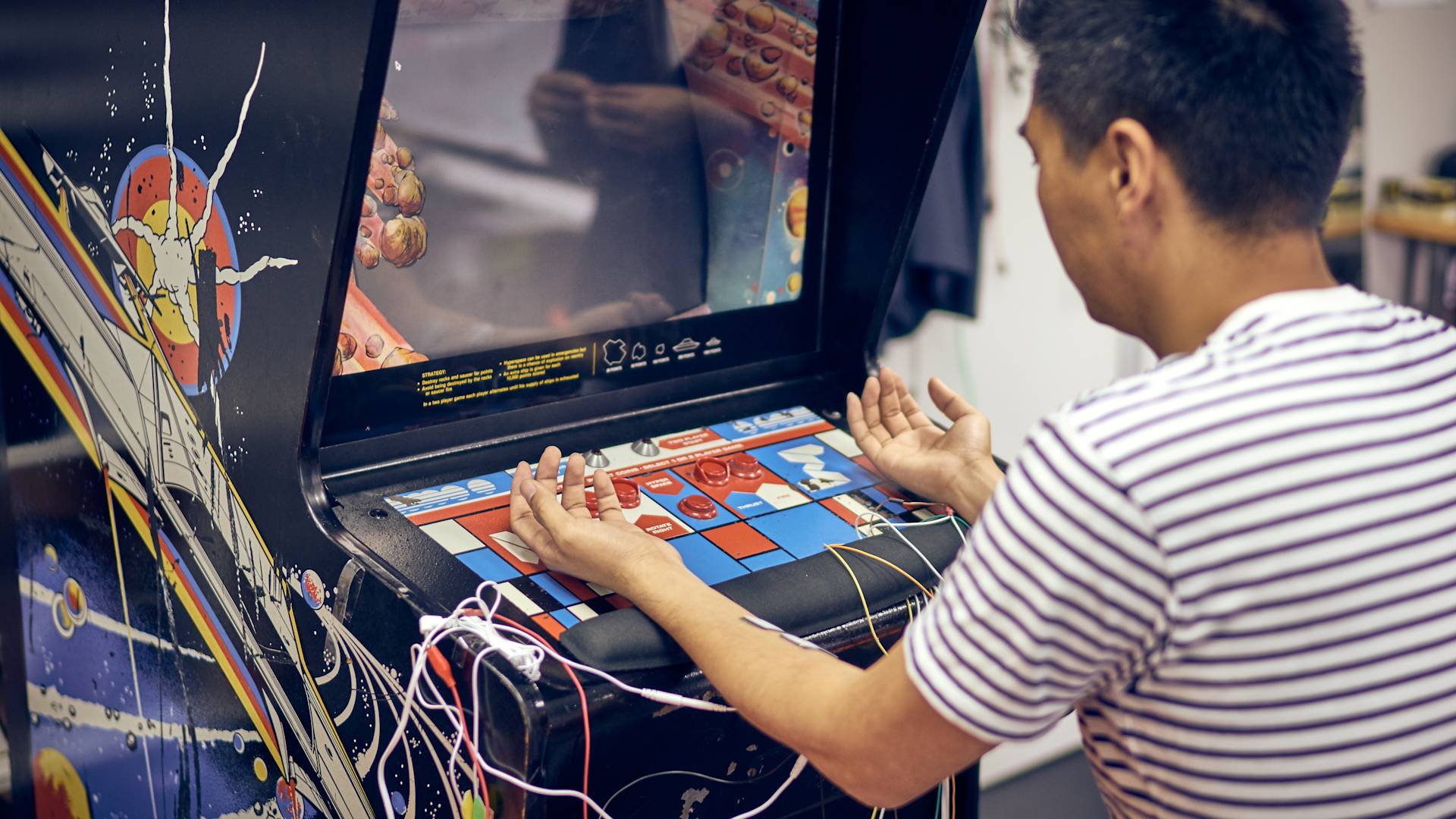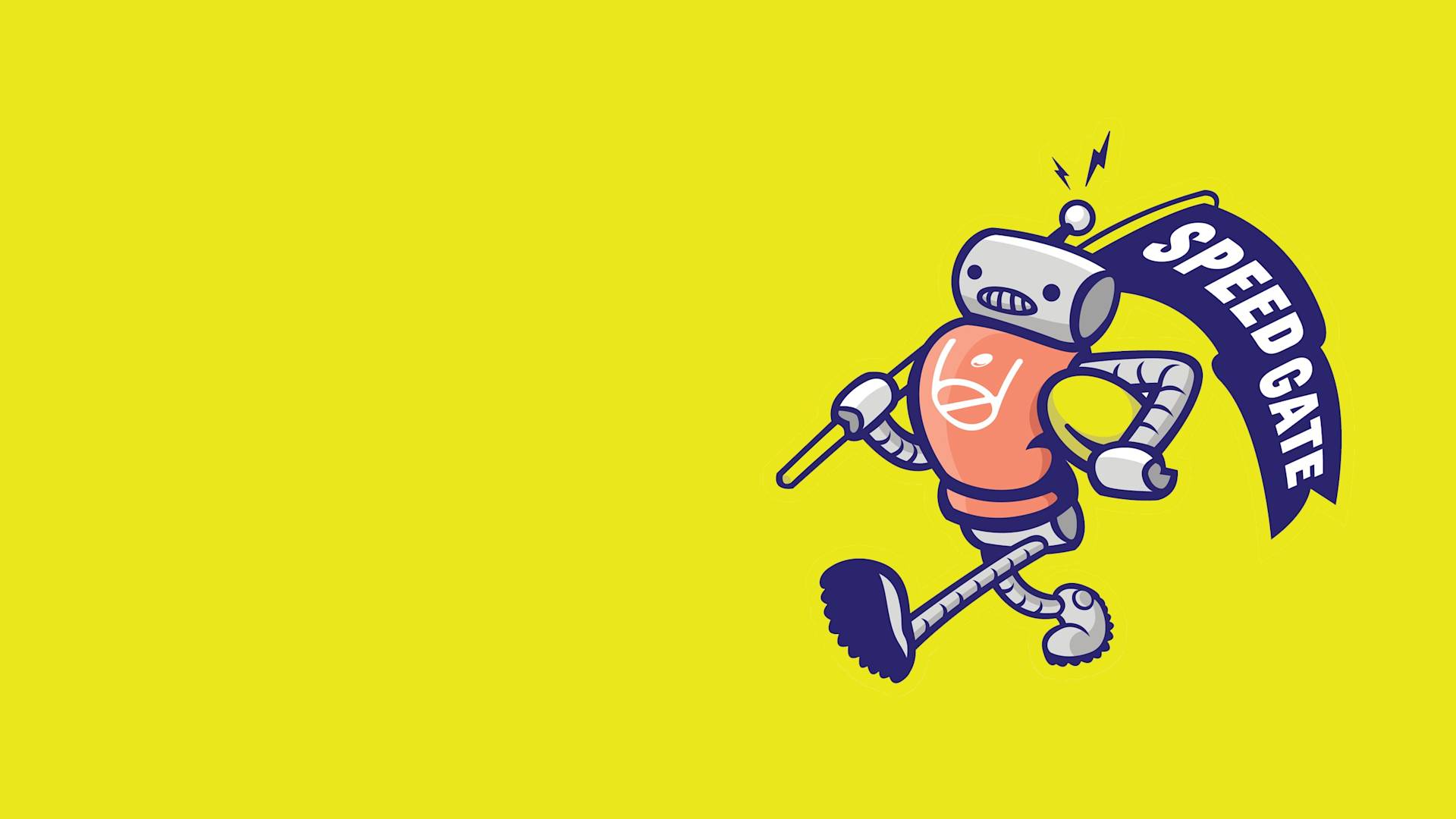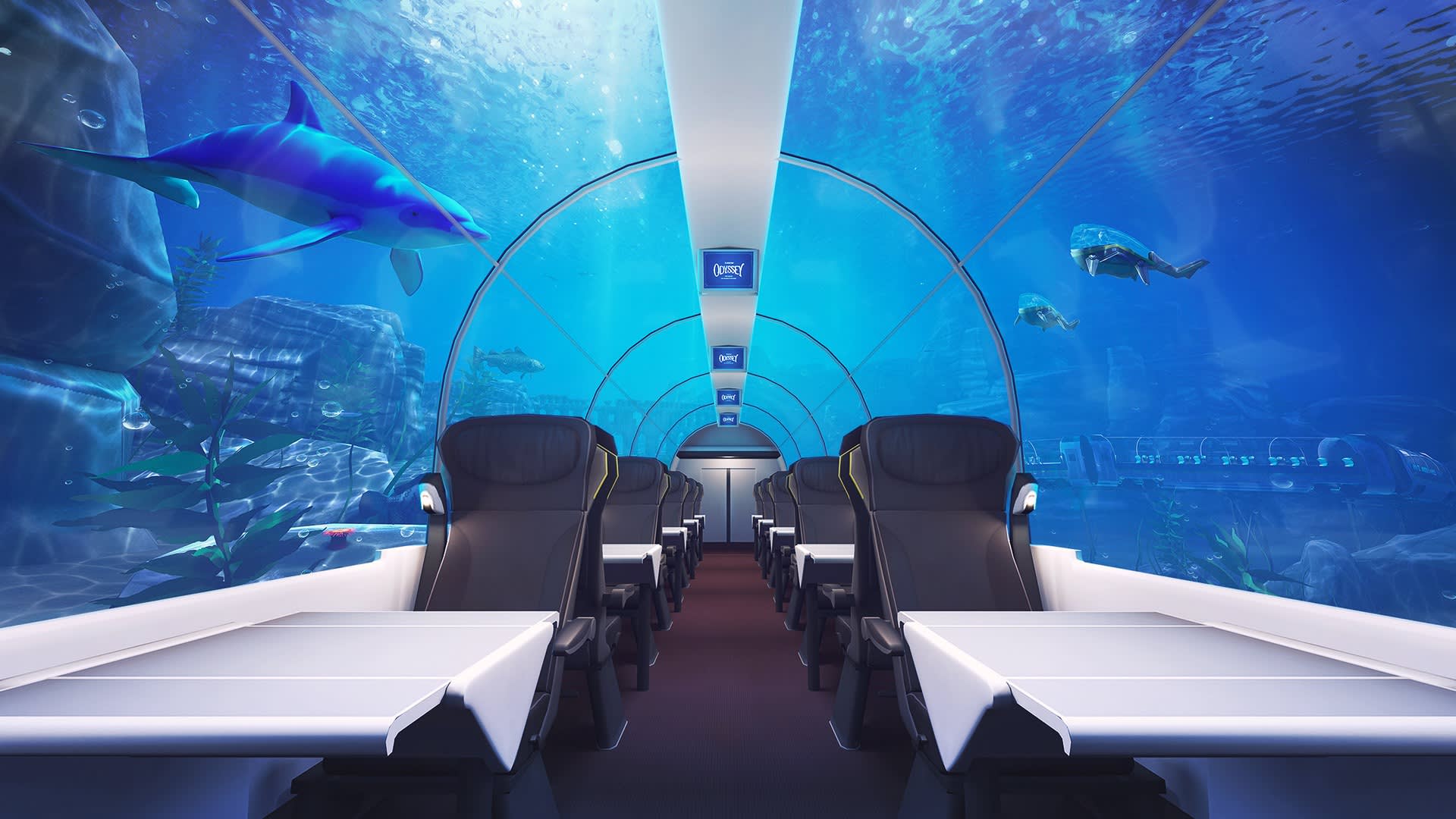Neuromuscle
Human and Machine
An AI that controls your body.

Insight
The history of artificial intelligence is full of machines designed to beat us at our own games – from A.S. Douglas’s 1952 Noughts and Crosses simulation, to Google’s mind-bendingly agile AlphaGo.
The Open AI Gym is a toolkit for developing and comparing reinforcement learning algorithms. It supports teaching agents everything from walking to playing games like Asteroids, which clearly show a machine being better than a human.



Idea
Create a new single entity dissolving the binary concept of ‘machine’ and ‘human’.
Built using open source tools, Neuromuscle is a rapid skill acquisition tool designed to transfer AI to the human body through transcutaneous electrical nerve stimulation. When connected to the person’s upper arms, the AI is able to command the hands to play an original 1979 Atari classic, Asteroids.

Impact
Neuromuscle is an example for what AI development could mean for the future of human work and purpose.
The experiment demonstrates how AI could retain muscle memory, with implications across health care, performance, and advancing human life.
The project will showcase at this year’s Semi Permanent Festival in Sydney.



